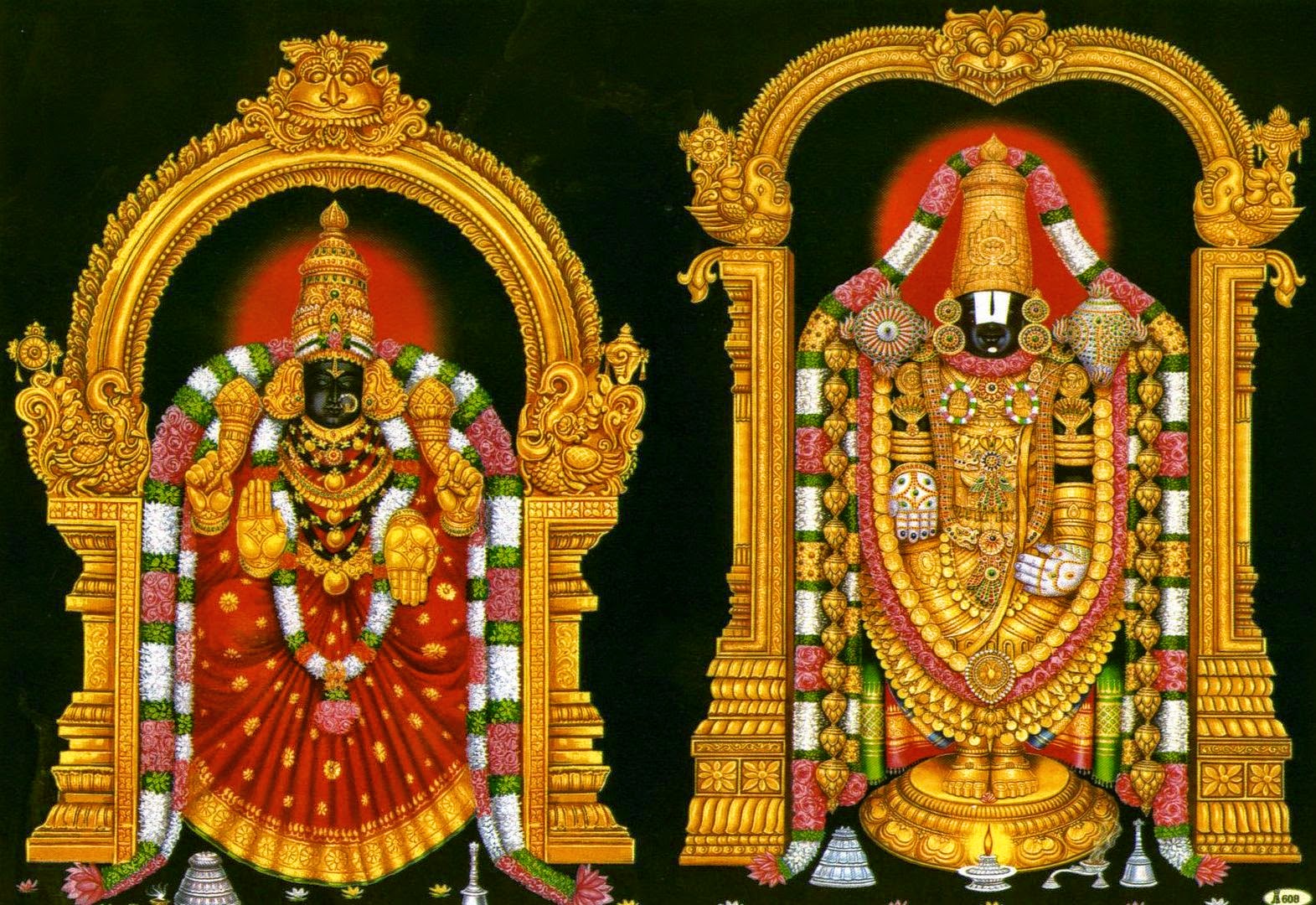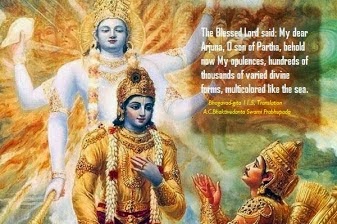The Spiritual Import of the Mahabharata and the Bhagavadgita : Ch-6. Part-9. ( Last Part )
6: Universal Action-9.
There are two types of attachments—attachment to objects and attachment to actions. Both of these are taken into consideration here. One is not to be attached to either of these—either to the object or to the action. We have the feeling that a particular object is desirable and a particular action is desirable. Now, this desirability of the object or the action arises on account of a sense of agency in oneself, doership, which is the root ill of the whole of human life.
The consciousness of agency or doership is the fear of suffering, because whether it is attachment to objects or attachment to actions, it stands as an attachment, which means to say, a movement of the mind towards some external location other than the Self that is non-externalised. In this externalisation of the mind by way of attachment to objects and actions, there is an automatic reaction set up, because reaction to action is nothing but the corollary that follows from interference with the law of the cosmos.
Just as a DC current of electricity can give us a kick when we touch it because there is a repulsion automatically created on account of our contact with the flow of electric energy, for reasons which electrical engineers know very well—the law of electricity is such—likewise, there is a system that is operating in the cosmos, a system which is known as rita, in the language of the Vedas.
The dharma which we usually speak of, the great righteousness of the cosmos, the virtue that we are acquainted with, the goodness that we are speaking of, whatever it is—the great principle of rectitude which operates in an equilibrated manner throughout the universe is interfered with when there is self-affirmation by way of consciousness of agency in action and consciousness of a desire for objects outside. This interference is paid back in its own coin by the karmaphala, or the nemesis, as we call it.
So when this ceases, one becomes a super-individual person. No individual can escape the consequence of action, inasmuch as to be conscious of individuality is also to be conscious of agency of action. So to withdraw oneself from the consciousness of agency in action is to rise above the consciousness of individuality itself. It follows that when there is no individual volition, sarva-sankalpa-sannyasi takes place. Such a person is established in yoga—yogarudhas tadochyate. Here is the initial instruction on the practice of meditation in the sixth chapter of the Bhagavadgita.
Chapter-6. ENDS.
Swami Krishnananda
Next : 7: The Art of Meditation
To be continued ...

.jpg)



Comments